0x0000000a: How to Fix This Blue Screen Error
The BSoD error 0x0000000a usually occurs during Windows startup
5 min. read
Updated on
Read our disclosure page to find out how can you help Windows Report sustain the editorial team. Read more
Key notes
- The BSoD error almost always contains information that can help you diagnose and resolve the problem.
- Stop: 0x0000000A or Stop 0x0A error usually occurs when a driver installed on your system tries to gain access to an incorrect memory address.
- Typically, a BSoD error can be repaired by simply updating your faulty drivers, as such error types will usually reference the specific driver at fault when the error occurs.

Stop: 0x0000000A error, also known as IRQL_Not_Less_or_Equal, is a kind of Blue Screen of Death (BSOD) that usually occurs during Windows startup or when a computer wakes from sleep or hibernation.
If you’re having trouble with this error and don’t know what to do, we’ve found some solutions that could help fix the error and restore your computer’s optimal performance.
What causes the 0x0000000a error on Windows?
Here are some common causes of the 0x0000000a error:
- Faulty hardware, such as RAM or hard drive: If the RAM or hard disk drive is not functioning properly due to defects or damage, this can lead to the 0x0000000a error.
- Incompatible or outdated drivers: If your device driver is corrupted or outdated, it may not work correctly or may conflict with other drivers or software on the computer. This can trigger the 0x0000000a error.
- Hard disk drive issues: If the hard drive has bad sectors or disk errors, it can cause data corruption and lead to system crashes.
- Corrupt system files or registry entries: If your system files or registry entries become corrupt, it can cause system instability and lead to the 0x0000000a error.
- Malware or virus infections: Virus and malware can corrupt system files and modify device drivers, which can cause BSOD errors.
It’s worth noting that a combination of factors can cause the 0x0000000 error. So it’s important to find out what is causing the 0x0000000a error before trying to fix it.
How do I Fix the 0x0000000a Error in Windows?
1. Boot your Computer into Safe Mode
- Press Windows + R to open Run, type msconfig, and hit Enter.
- Go to the Boot tab and check the Safe boot option under the Boot options.
- Then, click Apply and OK.
- Select Restart in the confirmation box to reboot your PC.
After the PC restarts, it will automatically boot into Safe Mode. This disables all third-party drivers and programs and only loads essential programs. If you continue to experience the 0x0000000a error, it may be due to a hardware malfunction.
To disable the safe mode, navigate to the System Configuration window again and uncheck the Safe mode option, click Apply, and OK.
2. Run SFC and DISM scan
- Left-click the Start button, type Command Prompt in the search box, and select Run as Administrator.
- Click Yes on the User Account Control (UAC) prompt.
- Type or paste the following and press Enter.
sfc /scannow - Once the scan is complete, run the following commands and press Enter after each:
DISM /Online /Cleanup-Image /ScanHealthDISM /Online /Cleanup-Image /RestoreHealth - Wait for the scanning process to complete, then restart your PC and check if the BSoD error 0x0000000a error is fixed.
You can also use a dedicated repair tool to fully scan your device and diagnose the system issues without running any complex tasks.
3. Update the device drivers
- Open Windows Search, type device manager, and click on Device Manager from the search result.
- Look for an outdated or faulty driver with a yellow exclamation mark in the Device Manager window, right-click on it, and select Update driver
- On the next window, select Search automatically for drivers.
- The system will let you know if there’s a newer driver available. Just follow the on-screen instructions to install it.
- Then, restart your computer and check if the problem is resolved.
- If Device Manager cannot find the driver updates, visit the manufacturer’s website and manually download the latest driver.
- Once the download is finished, install the driver and restart the computer.
If you require an efficient method to update all PC drivers automatically, know that you have the ideal tool for it.
Outbyte Driver Updater is an effective application that can entirely scan the operating system and find outdated drivers, and then install the latest official version immediately.
4. Run the Windows Memory Diagnostic tool
- Press the Windows + R keys together to open the Run dialog box, type in mdsched.exe, and then hit Enter to access the Windows Memory Diagnostics Tool.
- Click on Restart now and check for problems (Recommended) to restart your computer.
- After the computer restarts, the memory diagnostics tool will scan for memory problems.
- Once the scan is complete, sign in to your PC to view all the detected results.
5. Check your Hard drive for Errors
- Click on the Start button, type Command Prompt in the search box, and select Run as Administrator.
- Click Yes in the UAC prompt box.
- Type the following command, replace C with the drive letter of your system drive and press Enter.
chkdsk C: /f/r/x - If you see a prompt to schedule the scan on the next restart, type Y and press Enter.
- Then, restart your PC and wait for the hard disk to be checked.
CHKDSK utility will scan the hard drive for errors and then attempt to repair any problems it finds.
6. Restore your PC
- Press Windows + R to open Run, type rstrui.exe, and hit Enter.
- In the System Restore control panel, click Next to continue.
- Select the system restore point that is the most recent and click Next.
- Finally, click Finish to restore your PC.
Also, check out our guide on how to fix the STOP: 0x0000001a error, if you encounter this issue as well.
If the solutions listed above did not fix the problem, you can try resetting or clean-installing Windows.
If you could resolve the issue using a different method, please share it in the comments section below.
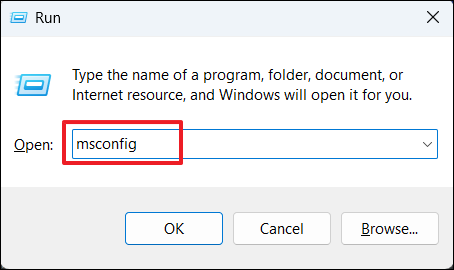
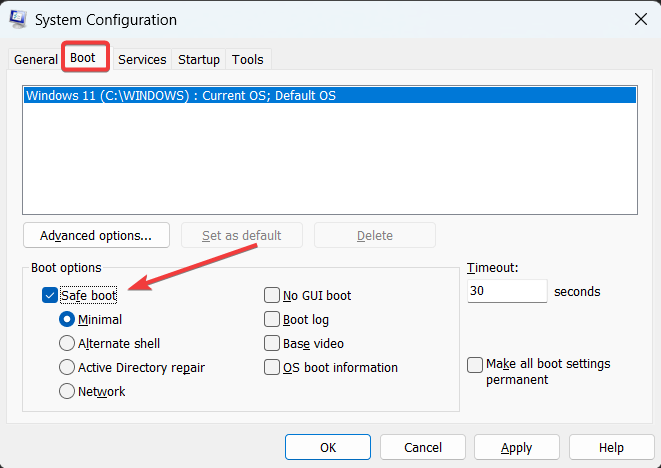

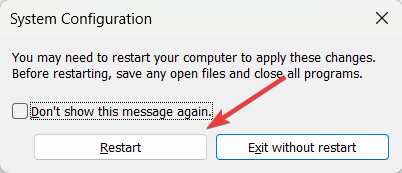
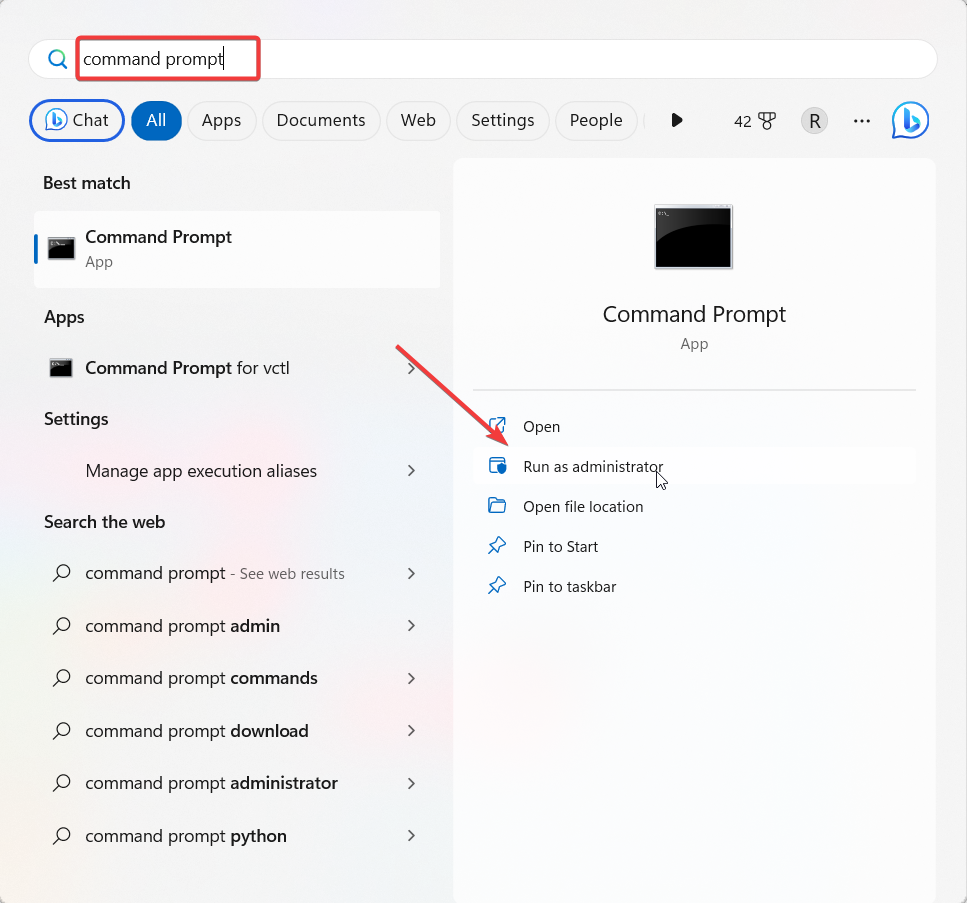
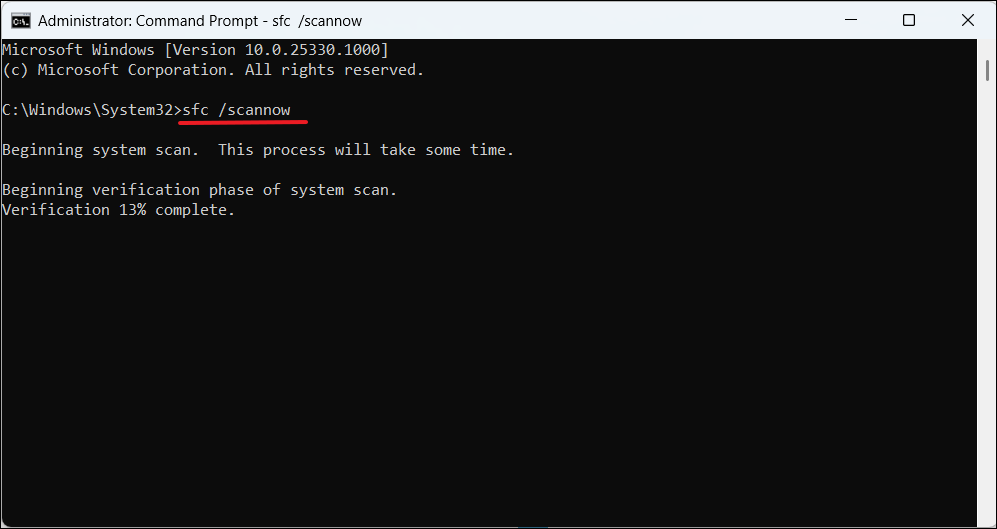
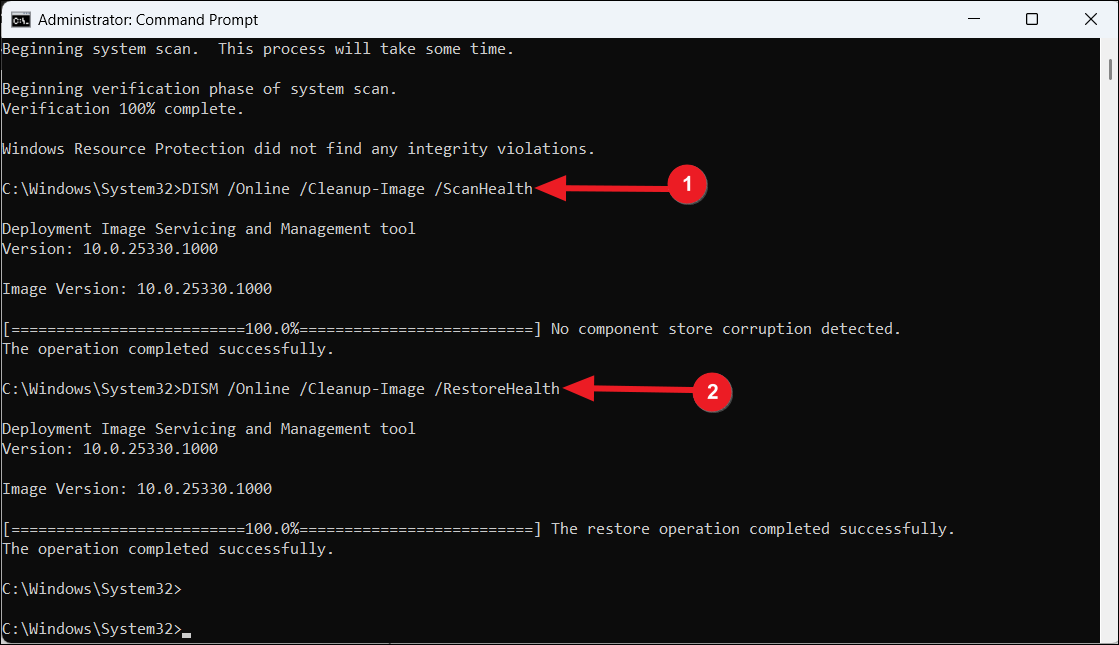
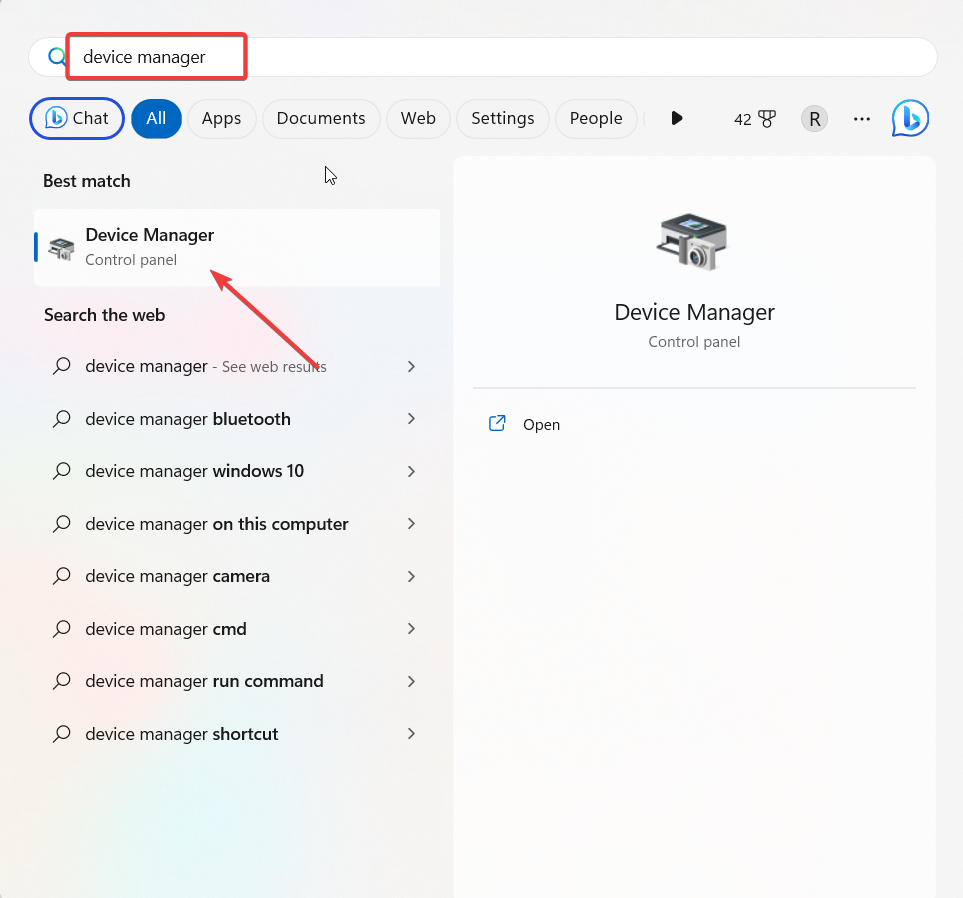
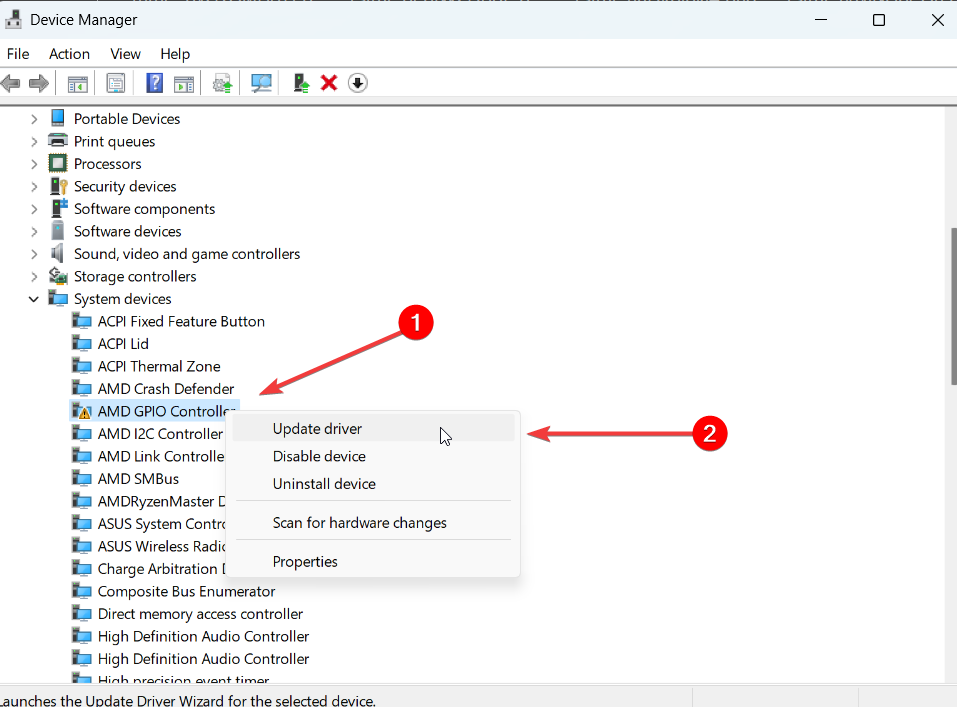
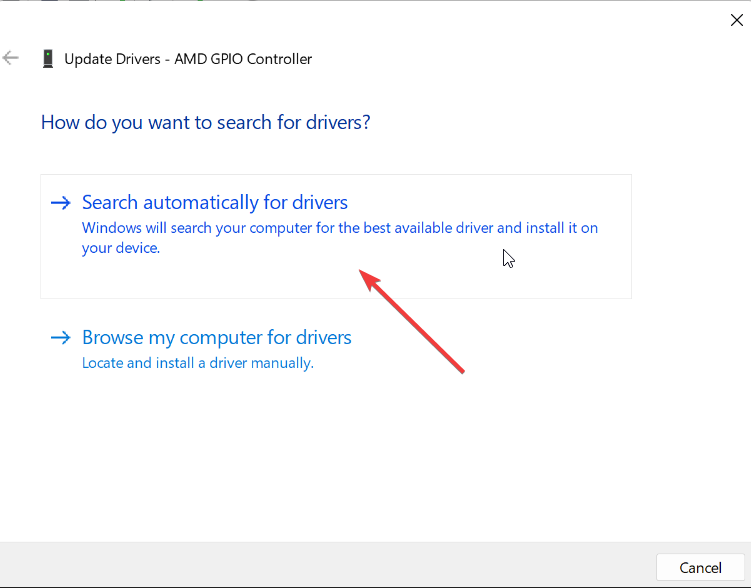
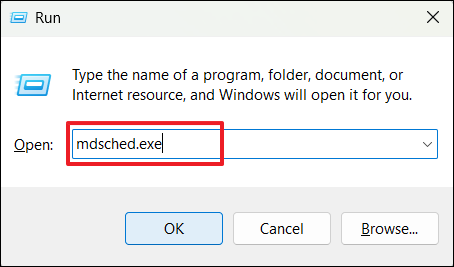

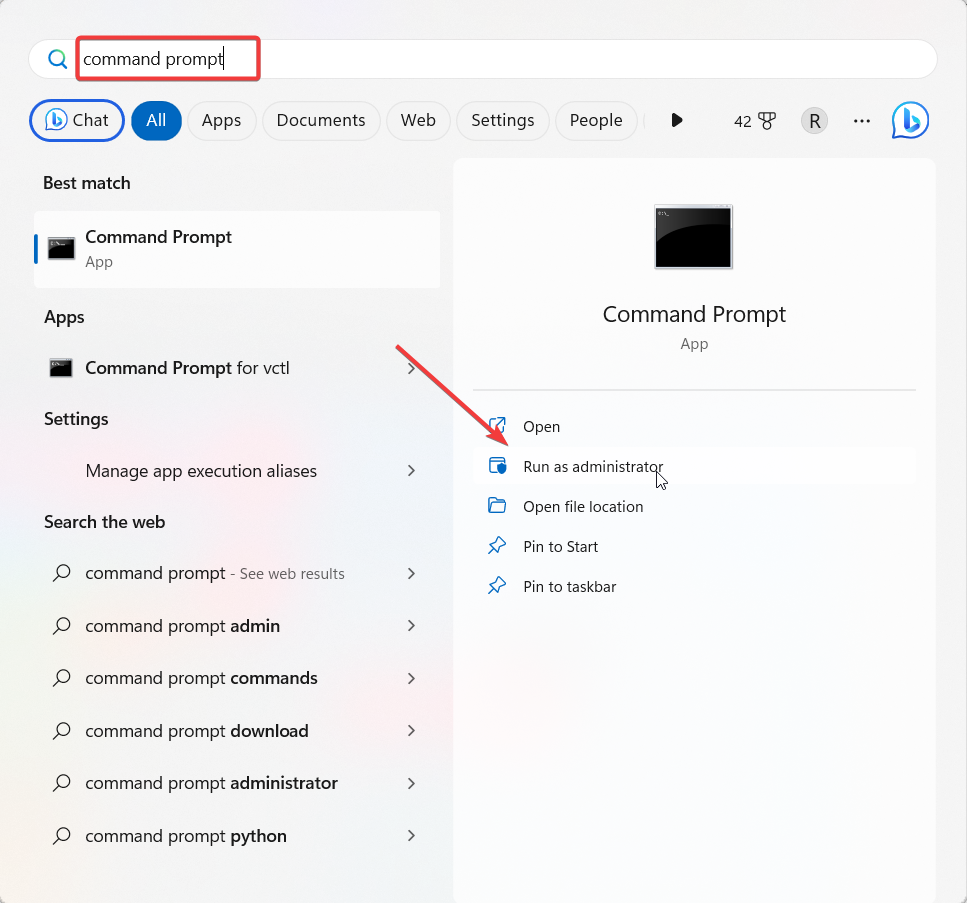


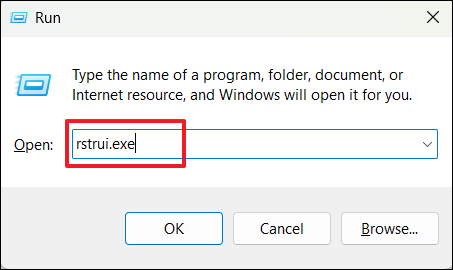
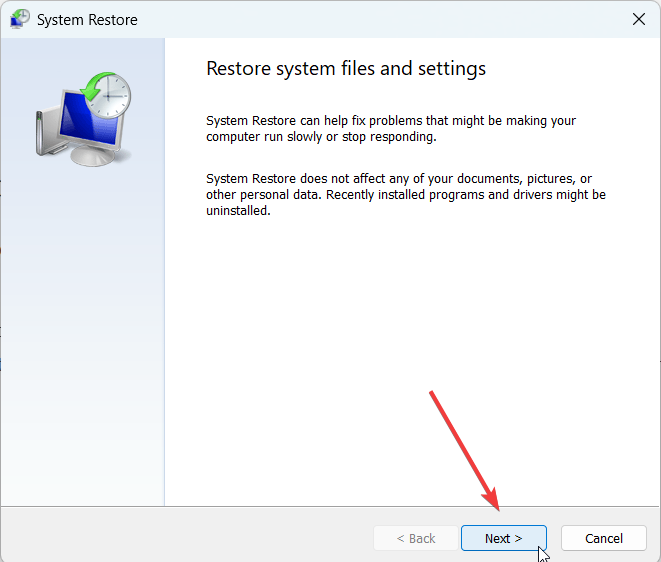

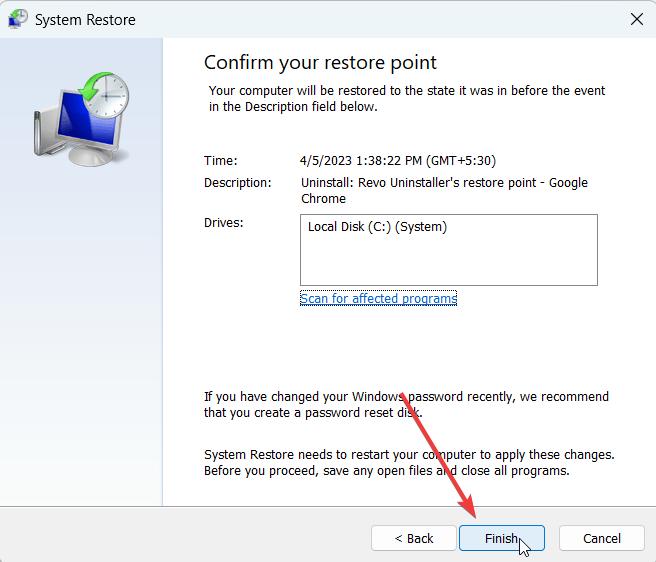







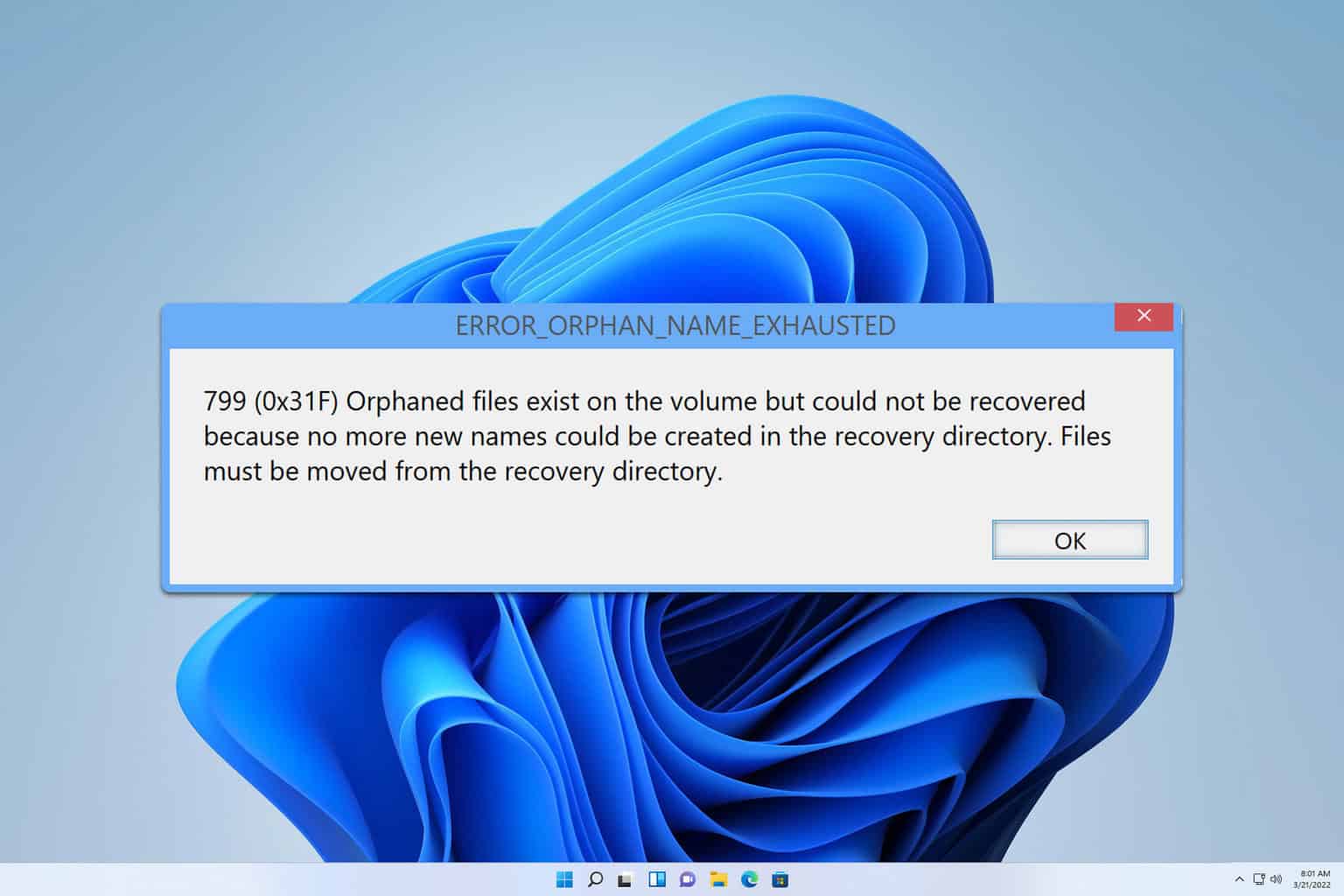
User forum
0 messages